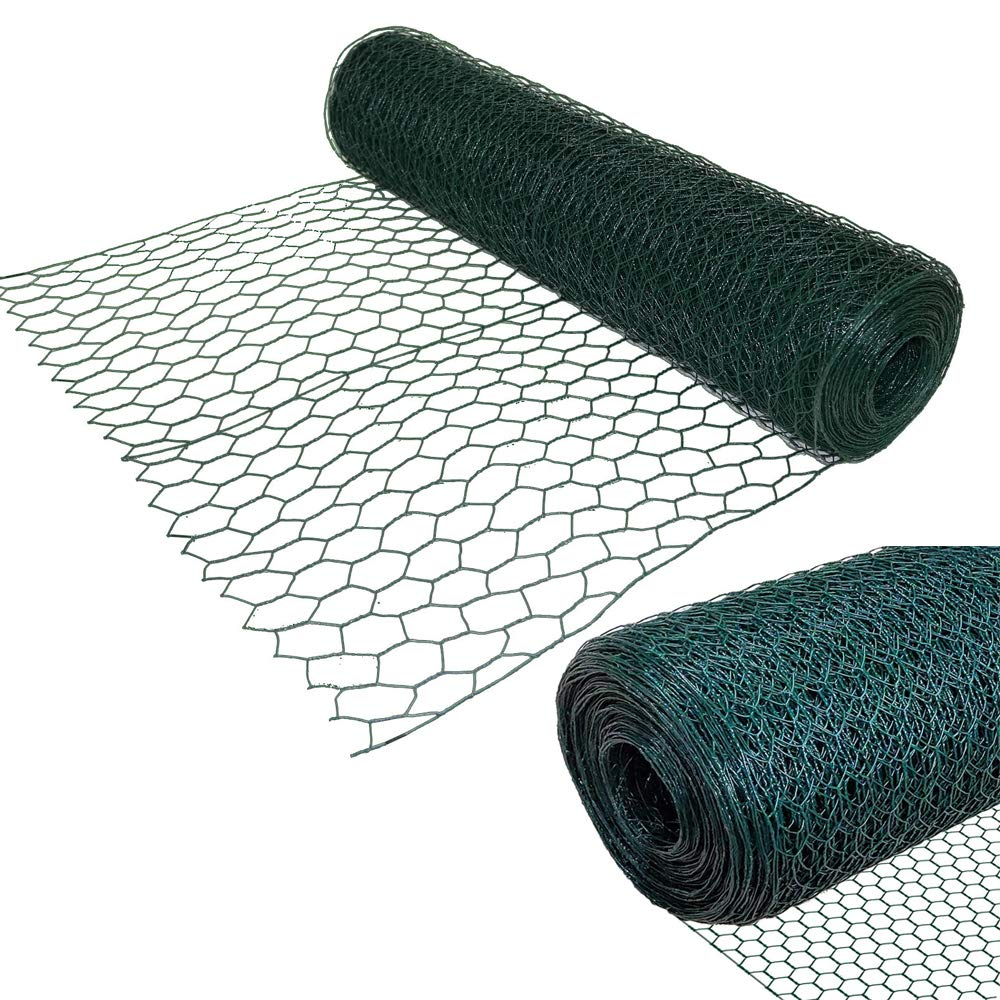Do Acoustic Fences Work? An Exploration of Their Effectiveness
As urban areas continue to expand, the issue of noise pollution becomes increasingly prevalent. The hustle and bustle of city life can create an environment that is overwhelmingly loud, affecting the well-being of residents and the overall quality of life. One innovative solution that has emerged to combat this issue is the acoustic fence. But do acoustic fences actually work? This article explores the effectiveness of acoustic fences, how they function, and their impact on noise reduction.
Understanding Acoustic Fences
Acoustic fences are specially designed barriers that aim to reduce unwanted sound. They are often constructed from materials such as wood, vinyl, metal, or concrete, which are chosen for their sound-absorbing properties. The primary function of an acoustic fence is to block noise from reaching adjacent properties, helping to create a quieter environment.
These fences are particularly common in residential areas located near busy roads, railways, or industrial zones. They are also used in commercial and industrial settings where noise control is essential for compliance with local regulations or for maintaining a peaceful atmosphere for both workers and nearby residents.
How Acoustic Fences Work
The effectiveness of acoustic fences stems from several key principles of sound propagation and absorption. First, sound travels in waves, and the density and mass of a barrier can significantly impact its ability to block these waves. Acoustic fences are often designed to be solid and tall, which helps to deflect and absorb sound waves.
Moreover, the height and placement of the fence are critical. A taller fence can block more noise, as it prevents sound waves from traveling over the top. Additionally, the fence needs to be continuous and free from gaps or holes; otherwise, sound can easily bypass it. Manufacturers may also incorporate sound-dampening materials within the fence to enhance its performance further.
do acoustic fences work

Research and Evidence
Numerous studies have shown that acoustic fences can be effective at reducing noise levels in certain environments. For instance, research indicates that a well-constructed acoustic fence can reduce sound levels by approximately 5 to 15 decibels. This reduction can translate into a noticeable difference in noise perception, creating a more pleasant atmosphere for residents.
The effectiveness of acoustic fences also depends on various factors such as the construction quality, the noise source, and the distance from the noise source. For example, a fence may perform well in blocking highway noise at a certain distance but might be less effective against sounds from nearby construction sites, which can have different frequency patterns.
Limitations of Acoustic Fences
Despite their benefits, acoustic fences do come with limitations. First, they require proper installation and maintenance to achieve optimal performance. If the fence is poorly constructed or begins to deteriorate, its sound-blocking abilities can diminish significantly.
Moreover, while acoustic fences can provide noise reduction, they may not eliminate noise completely. Residents living near overwhelmingly loud sources of noise may still experience some disturbances, particularly if the noise level is exceptionally high. In such cases, additional noise control measures, such as sound-proofing windows or using landscaping as a buffer, may be necessary.
Conclusion
In summary, acoustic fences can be an effective solution for reducing noise pollution in various environments. While they are not a foolproof method for completely eliminating sound, they can significantly lower noise levels and improve the quality of life for those living in noisy areas. As urbanization continues to rise and the demand for quieter living spaces grows, the use of acoustic fences is likely to increase. However, for those considering installing these fences, it is essential to conduct thorough research and consult with professionals to ensure the best possible outcome. Ultimately, acoustic fences stand as a testament to human ingenuity in addressing one of the most pervasive issues of modern life noise pollution.
-
Versatility of Expanded Aluminum Metal for Various Applications
NewsMay.19,2025
-
The Geometry of Steel Gratings: Why It Matters
NewsMay.19,2025
-
Reinforcement Applications of Perforated Mesh in Masonry
NewsMay.19,2025
-
Essential Tools for Installing a Deck Mesh Railing
NewsMay.19,2025
-
Anti-Slip Flooring Made with Stainless Expanded Mesh
NewsMay.19,2025
-
Adjustable Steel Grating for Uneven Terrain
NewsMay.19,2025
Subscribe now!
Stay up to date with the latest on Fry Steeland industry news.

